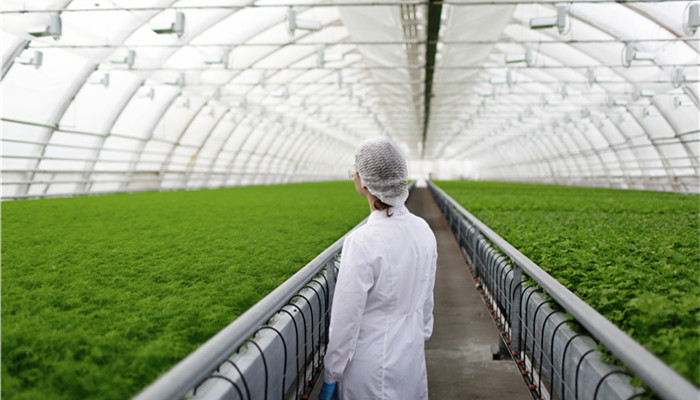
The production of low-carbon fatty amines continues to increase, and Xinhua Co., Ltd. becomes the leading enterprise in the domestic industry
Low-carbon fatty amines refer to organic amine compounds with carbon chain lengths in the range of C2-C8. They are in the form of gases and volatile liquids. The main products include ethylamine (monoethylamine, diethylamine, triethylamine), isopropylamine wait. Low-carbon fatty amines are an important class of organic chemical intermediates that play an important role in the synthesis of pesticides, coatings, medicines, and dyes, as well as in the manufacture of rubber additives, engineering plastics, food additives, curing agents, and catalysts.
There are three main production methods for low-carbon aliphatic amines, namely the halogenated hydrocarbon ammonolysis method, which refers to the method of using halogenated hydrocarbons, ammonia and caustic soda as raw materials to generate low-carbon aliphatic amines through an affinity substitution reaction; and the alcohol-catalyzed amination method. , refers to the method of using alcohol, ketone, and ammonia as raw materials to generate low-carbon fatty amines through catalytic synthesis reaction; nitrile or nitro reduction method refers to using nitrile or nitro, hydrogen or reducing agent as raw materials, through reduction A method of reacting to produce low-carbon fatty amines. Among them, the alcohol-catalyzed amination method has the advantages of low production cost, wide source of raw materials, continuous production, and clean production process. It is currently the mainstream production method of low-carbon fatty amines.
According to the 《2023-2028 low The carbon fatty amine industry market in-depth research and investment prospect forecast analysis report》 shows that pesticides are the main demand side for low-carbon fatty amines. In 2022, the demand for low-carbon fatty amines in the domestic pesticide field will account for more than 40% of the total demand for low-carbon fatty amines. In the field of pesticides, low-carbon aliphatic amines are important intermediates for the synthesis of pesticides such as dimethoate, atracarat, graminic acid, acetonitrile, amisulopalin, promethaden, and dilerin. In recent years, driven by the rapid development of the domestic pesticide industry, the demand for low-carbon fatty amines has continued to increase, boosting production. In 2022, domestic low-carbon fatty amine production will be approximately 89,000 tons, a year-on-year increase of 7.2%.
There are many domestic low-carbon fatty amine manufacturers, including Zhejiang Xinhua Chemical, Shandong Kunda Biotechnology, Jianye Chemical, Zhongrong Technology, Jiangsu Baichuan Hi-Tech, Dezhou Detian Chemical, etc. The industry concentration is not high, and there will still be Large room for improvement. Among them, Xinhua Co., Ltd. is the leading low-carbon fatty amine company in China. The company’s current annual production capacity of ethylamine products has reached 45,000 tons. Its downstream customers include Bayer, FMC, Nufarm, Syngenta and many other international agrochemical giants.
Industry analysts said that low-carbon aliphatic amines are an important class of pesticide intermediates and are currently in the domestic market. Driven by the rapid development of the pesticide industry, its market demand continues to increase, which in turn promotes the continuous increase in production. At present, many companies in my country have entered the low-carbon fatty amine market, and leading companies have emerged in the product segments such as ethylamine and isopropylamine. In the future, with leading companies continuing to play a leading role, the domestic low-carbon fatty amine industry will be concentrated. The degree is expected to continue to improve, and the industry development trend is improving.

 微信扫一扫打赏
微信扫一扫打赏

